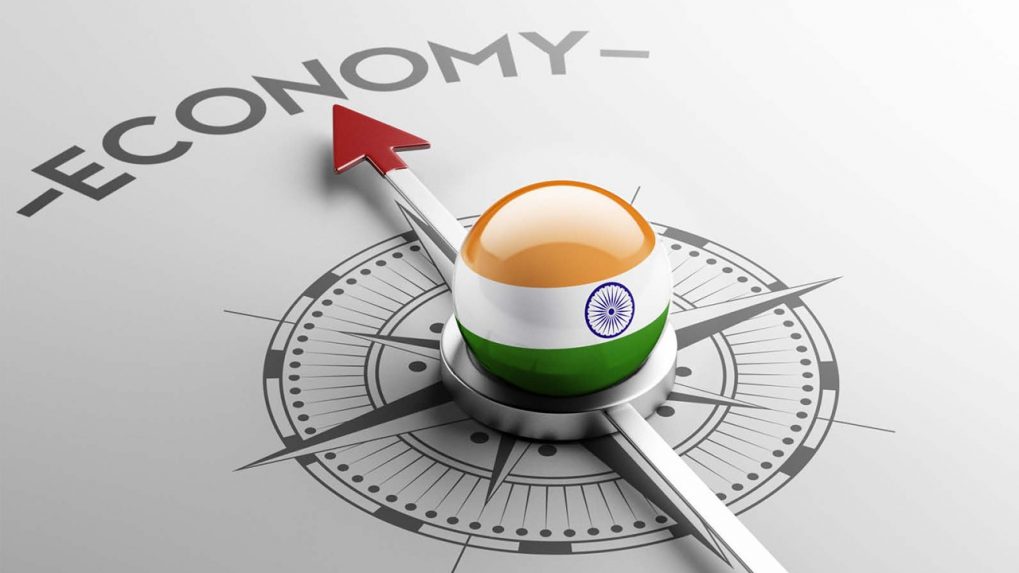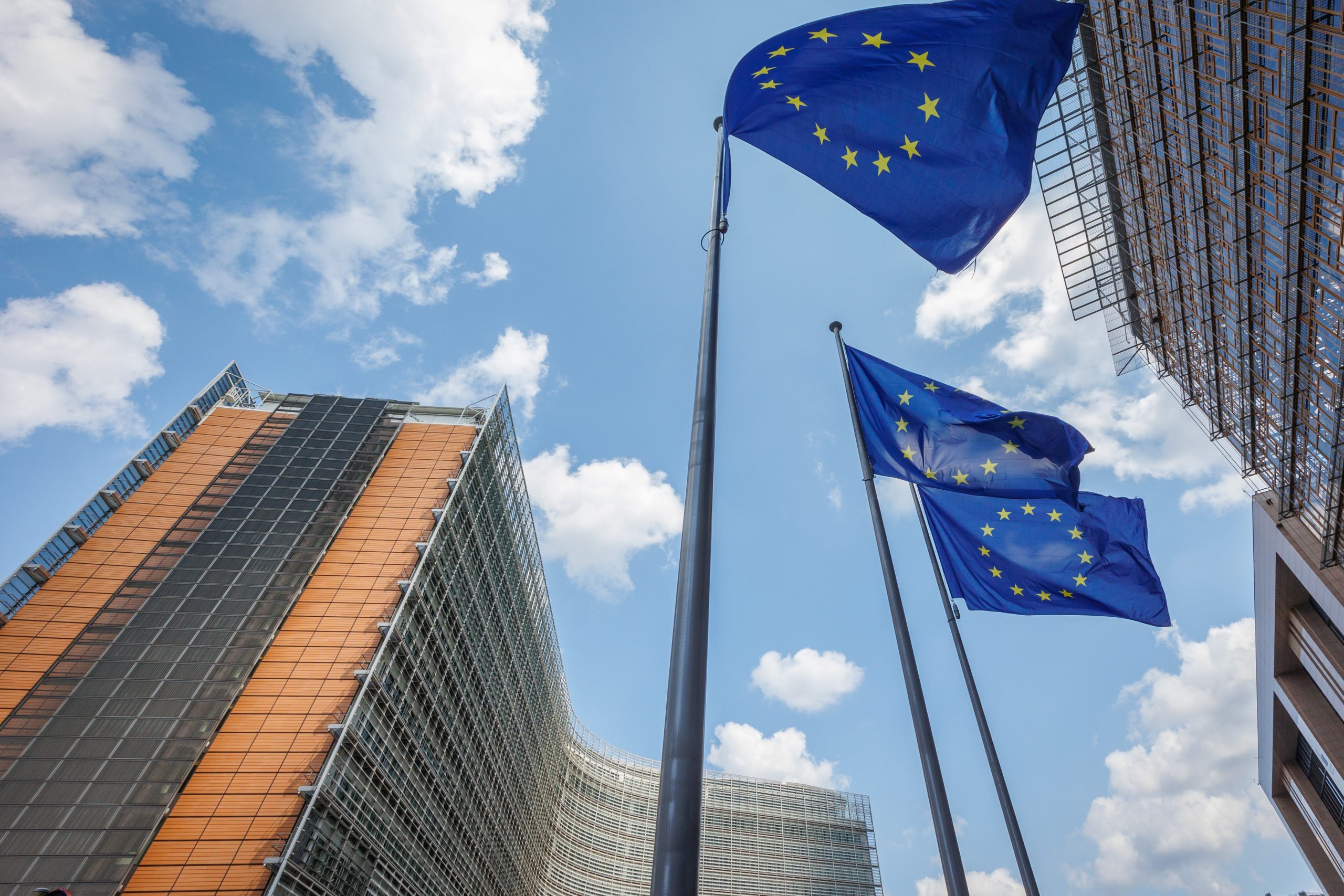- Courses
- GS Full Course 1 Year
- GS Full Course 2 Year
- GS Full Course 3 Year
- GS Full Course Till Selection
- Answer Alpha: Mains 2025 Mentorship
- MEP (Mains Enrichment Programme) Data, Facts
- Essay Target – 150+ Marks
- Online Program
- GS Recorded Course
- Polity
- Geography
- Economy
- Ancient, Medieval and Art & Culture AMAC
- Modern India, Post Independence & World History
- Environment
- Governance
- Science & Technology
- International Relations and Internal Security
- Disaster Management
- Ethics
- NCERT Current Affairs
- Indian Society and Social Issue
- NCERT- Science and Technology
- NCERT - Geography
- NCERT - Ancient History
- NCERT- World History
- NCERT Modern History
- CSAT
- 5 LAYERED ARJUNA Mentorship
- Public Administration Optional
- ABOUT US
- OUR TOPPERS
- TEST SERIES
- FREE STUDY MATERIAL
- VIDEOS
- CONTACT US
First Past the Post (FPTP) VS. Proportional Representation Electoral System
First Past the Post (FPTP) VS. Proportional Representation Electoral System
26-07-2024
In June 2024, many citizens and political parties in India have agreed that the current First-Past-The-Post (FPTP) electoral system should be replaced with a Proportional Representation (PR) electoral system.
About First-Past-The-Post (FPTP) Electoral System
- Voters cast a vote for a single candidate, and the candidate with the most votes wins the election.
- Also called the simple majority system or plurality system.
- One of the oldest and simplest electoral systems, used in the UK, the US, Canada, and India.
Features of FPTP
- Voters are given a list of candidates from various political parties or independent candidates.
- Voters select one candidate by marking their ballot paper or using an electronic voting machine.
- The candidate with the most votes in a constituency wins.
- The winner does not need a majority (over 50%) of votes but just a plurality (the largest number) of votes.
- This system often results in disproportionate outcomes in assemblies or the Parliament, where parties may not be represented according to their share of the overall vote.
Advantages of FPTP
-
Simplicity: Easy for voters to understand and for officials to manage, making it cost-effective and efficient.
-
Clear and Decisive Winners: Provides results with a definitive winner, contributing to stability and credibility in the electoral system.
-
Accountability: Candidates directly represent constituents, offering better accountability compared to Proportional Representation (PR) systems where candidates may be less known.
-
Candidate Selection: Voters can choose between parties and specific candidates, whereas the PR system requires selecting a party, with representatives elected based on party lists.
-
Coalition-Building: Encourages different social groups to unite locally, promoting broader unity and preventing fragmentation into numerous community-based parties.
About the Proportional Representation (PR) Systems
- Proportional Representation (PR) is an electoral system where political parties receive seats in the legislature proportional to the votes they get in elections.
-
Features:
- It represents political parties fairly based on their vote share.
- It ensures every vote contributes to seat allocation in Parliament or other elected bodies.
Types of the Proportional Representation Systems
-
Single Transferable Vote (STV):
- Voters rank candidates in order of preference and cast only one vote.
- PR by STV allows voters to select their preferred party candidate and vote for independents.
- The President of India is elected through PR by STV, using a secret ballot.
- The electoral college, including State Legislative Assemblies, the Council of States, and members of Rajya Sabha and Lok Sabha, participates in this process.
-
Party-List PR:
- Voters cast their vote for a party rather than individual candidates, and seats are allocated to parties based on their vote share.
- A minimum threshold of 3-5% vote share is usually required for a party to win a seat.
-
Mixed-Member Proportional Representation (MMP):
- MMP balances stability and proportional representation in a political system.
- One candidate is elected from each territorial constituency through the First-Past-the-Post (FPTP) system, with additional seats allocated to parties based on their national vote percentage.
- This system allows for diverse representation while maintaining individual representatives from specific areas.
- Countries like New Zealand, South Korea, and Germany use MMP.
Advantages of Proportional Representation Systems
-
Ensures Every Vote Counts: In proportional representation (PR), each vote is counted when allocating seats in Parliament. This boosts voter engagement in the democratic process.
-
Diverse and Representative Government: PR promotes representation of smaller parties and minority groups, leading to a broader range of perspectives and ideas in Parliament.
-
Reduces Manipulation: PR systems minimize gerrymandering (manipulation) because seats are distributed based on the proportion of votes received by each party, rather than manipulated district boundaries.
- This prevents parties from unfairly altering the electoral map to their benefit.
Disadvantages of Proportional Representation Systems
-
Unstable Governments: PR can result in unstable governments as it increases the likelihood of smaller parties and minority groups being represented, making it difficult to form stable coalitions and govern effectively.
-
More Complex: PR systems are often more complex than First-Past-The-Post (FPTP) systems, which can be harder for voters to understand and for governments to implement.
-
Expensive: Operating PR systems can be costly, requiring significant resources and funds to conduct elections.
-
Neglect of Local Needs: PR can cause leaders to prioritize party agendas over local needs since multiple representatives share a constituency.
- This diffusion of accountability may result in selfish political behaviour and neglect of specific constituency concerns.
Need to Shift from FPTP System to the PR System
- Over or Under Representation: The FPTP system can lead to over or under representation of political parties in terms of seats compared to their vote share.
- For example, in the first three elections after independence, the Congress party won nearly 75% of seats in the Lok Sabha with just 45-47% of the vote share.
- Similarly, in the 2019 Lok Sabha Elections, the Bharatiya Janata Party (BJP) received 37.36% of the vote but won 55% of the seats.
- If the PR system is applied for the 2024 elections, then:
|
Political formation |
% of votes |
Actual number of seats |
Seats as per PR |
|
National Democratic Alliance (NDA) |
43.3% |
293* |
243 |
|
INDIA bloc |
41.6% |
234 |
225 |
|
Others/independents |
15.1% |
16 |
75 |
|
Total |
100% |
543 |
543 |
-
Lack of Representation for Minority Groups: In a two-party FPTP system, a party with a small percentage of votes may not win any seats, leaving a significant portion of the population unrepresented in the government.
- While countries like the UK and Canada also use FPTP, their Members of Parliament (MPs) have greater accountability to their local constituencies.
-
Strategic Voting: Voters may feel compelled to vote for a candidate they do not fully support to prevent a disliked candidate from winning. This can result in voters not truly expressing their preferences.
-
Disadvantage for Smaller Parties: Smaller parties struggle to win in the FPTP system and often have to align with national parties, which can undermine local self-government and federalism.
Other Alternative Electoral Systems
|
What can be done in future?
-
Recommendations of the Law Commission
- The Law Commission’s 170th report (1999) proposed introducing the MMPR system on a trial basis.
- Suggested that 25% of Lok Sabha seats be filled using a PR system by increasing the Lok Sabha’s size.
- It recommended considering the entire nation as one unit for PR based on vote share.
- Alternatively, it suggested doing this at the state or UT level, recognizing India's federal structure.
-
Upcoming Delimitation Exercise
- The upcoming delimitation exercise will redraw constituencies based on population shifts.
- This could disadvantage states with slower population growth, potentially violating federal principles and causing resentment in states losing representation.
- A mechanism is needed to ensure fair representation for all states, regardless of population growth:
- Considering current representation levels to create a fair balance.
- Exploring alternative systems like the MMPR.
-
Recommendation for MMPR System
- To achieve a more equitable power distribution, the MMPR system could be implemented for additional seats or at least a quarter of the existing seats in each state/UT.
- This would empower southern, northeastern, and smaller northern states by giving them a stronger voice in Parliament, even with an increased total number of seats.
Conclusion
As India evolves as a democracy, exploring electoral reforms like proportional representation and MMPR can lead to a more balanced and fair system. Implementing these changes thoughtfully, considering India’s unique federal and diverse nature, can enhance the democratic process and ensure that every vote counts.



